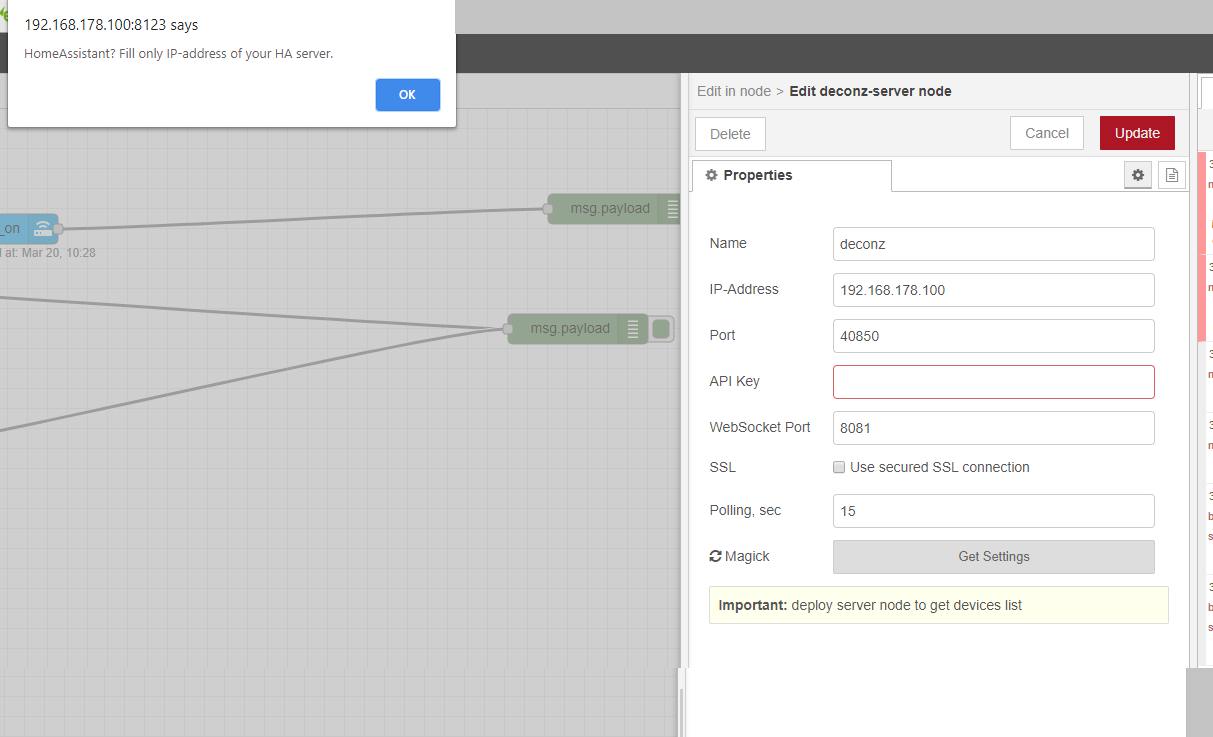

#Quick node login page full
An authentication mechanism is implemented in full within a single module, rather than across multiple modules. Any branching or looping must be handled within the module. The outcome of an authentication module can only be success or failure. When finished, the module decides whether to return a boolean success or failure flag.

#Quick node login page password
For example, a module can collect the username and the password from the user and then authenticate the user against the data store. States within a module either collect input from the user or process it. In this instance, an unsuccessful login attempt leads directly to failure the user must restart the process from scratch.ġ.2. Differences Between Modules and NodesĪuthentication modules contain multiple states, with the associated inputs and outputs of each state resulting in either callbacks returned to the user, or state changes inside either AM or at a third party service. The node then uses the credentials to authenticate the user against the identity stores configured for the realm. In the following example tree, two collector nodes are connected before a Data Store Decision Node. The tree administrator decides what to do with each outcome for example the True outcome is often routed to a Success node, or to additional nodes for further authentication. For example the LDAP Decision Node offers additional outcomes of Locked and Expired. The simplest decision node returns a boolean outcome - true, or false.Ĭomplex nodes may have additional outcomes. Decision Nodesĭecision nodes retrieve the state produced by one or more nodes, perform some processing on it, optionally store some derived information in the shared state, and provide one or more outcomes depending on the result.

For example, the Zero Page Login Collector Node retrieves a username and password value from the request headers, if present.


 0 kommentar(er)
0 kommentar(er)
